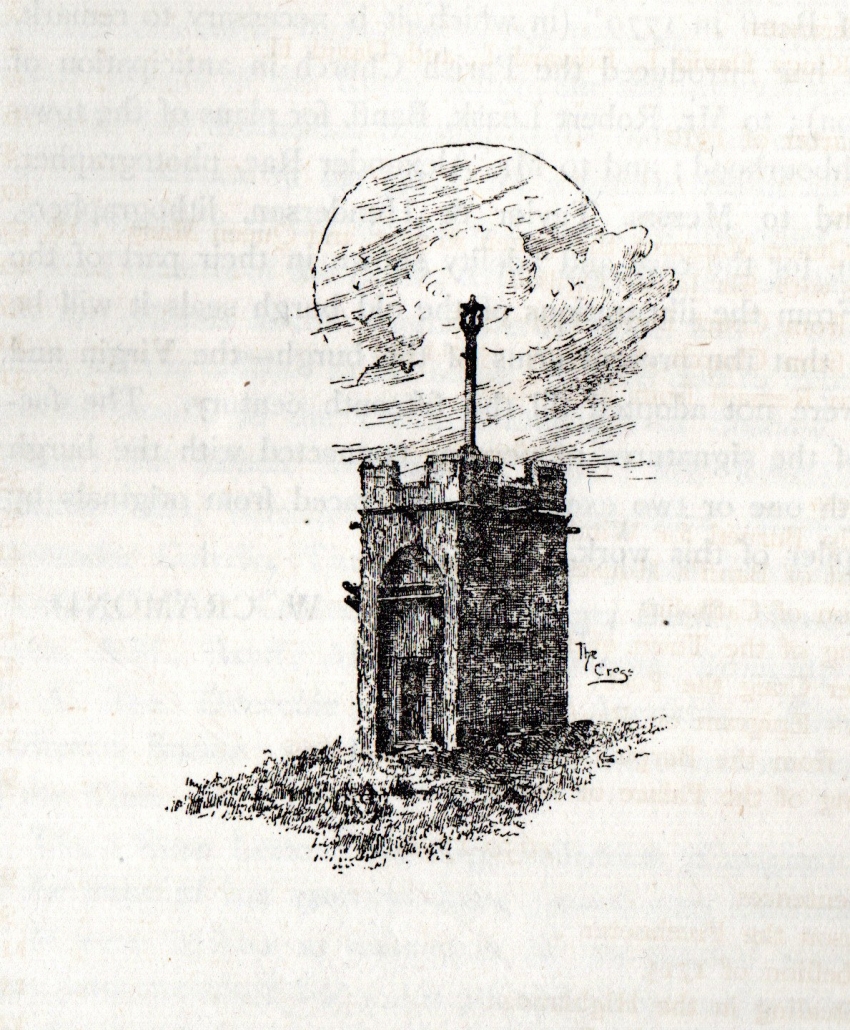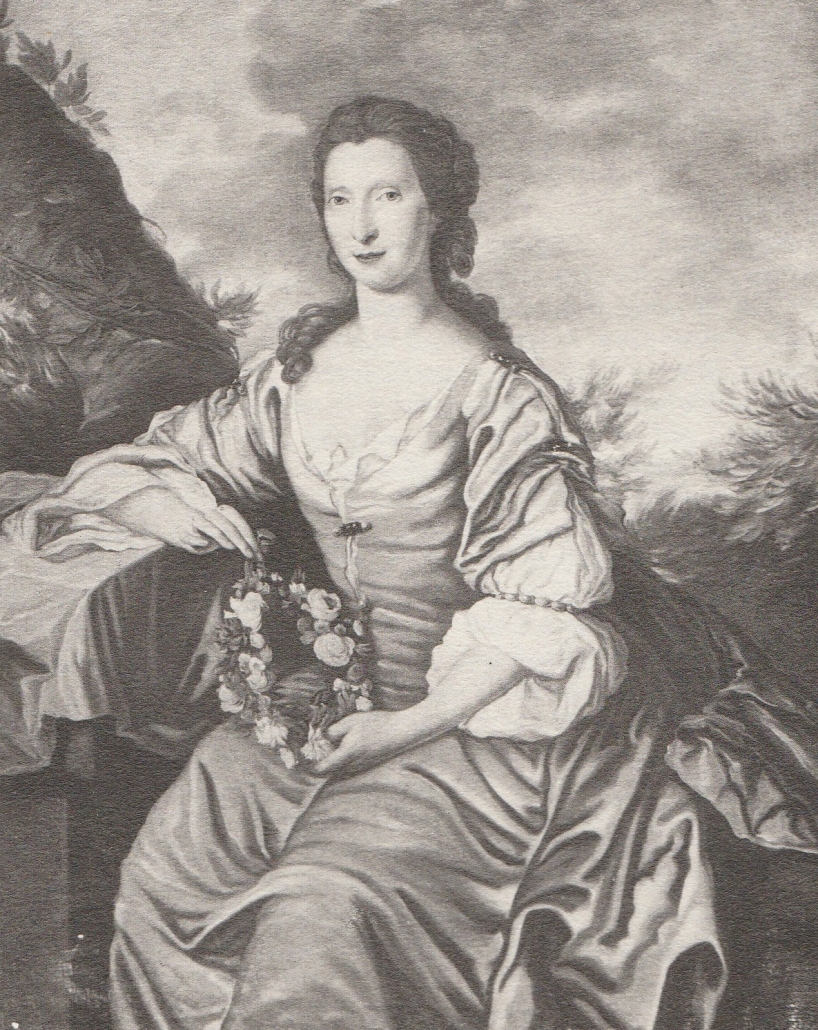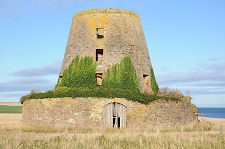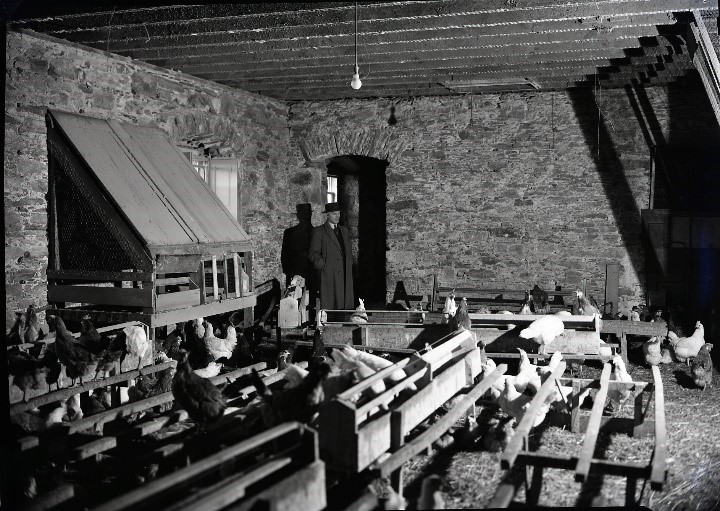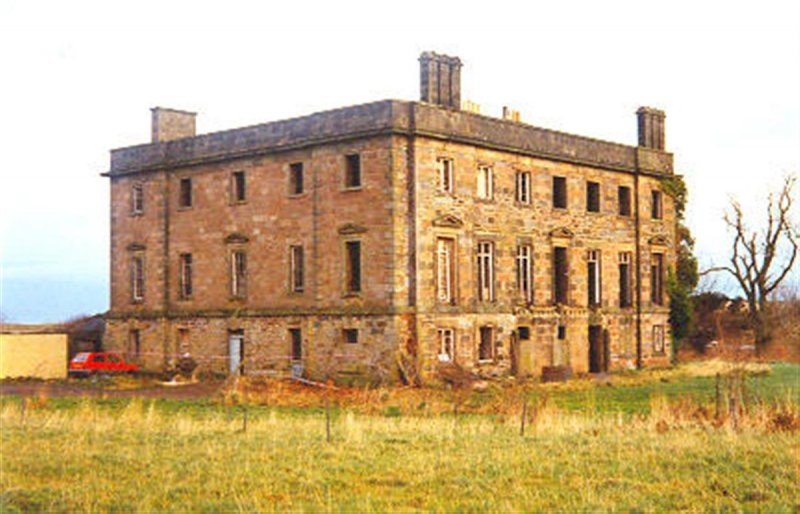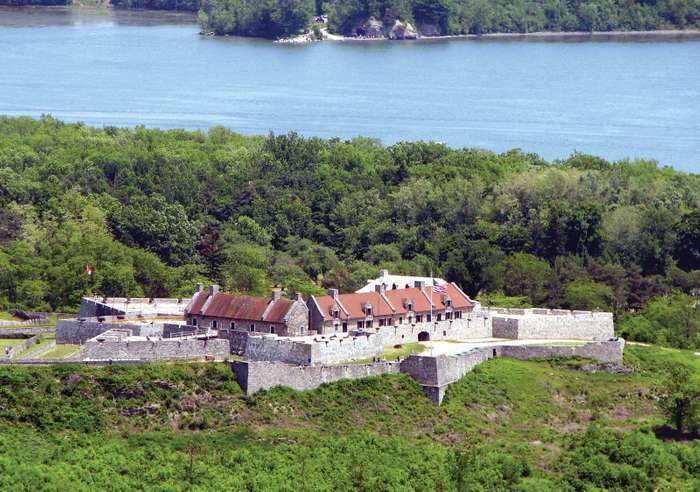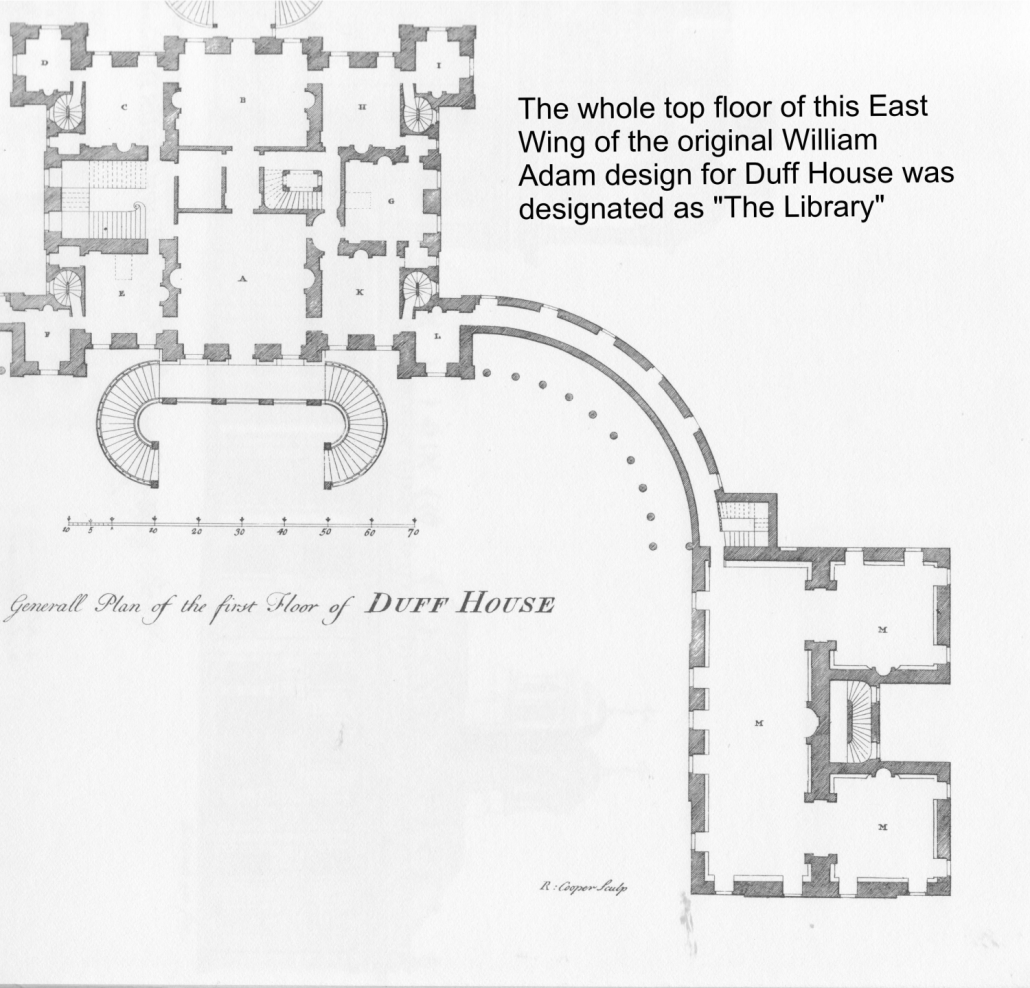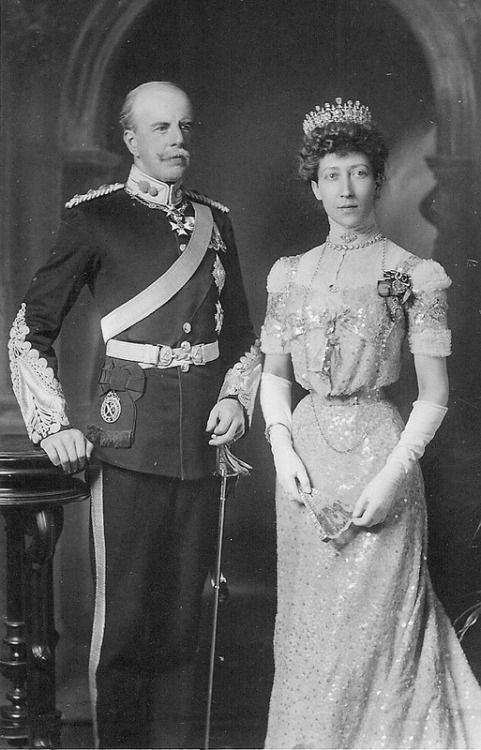It is a real achievement to raise a regiment. We all remember how the Duchess Jean raised the Gordons by giving a kiss to each recruit, with the king’s shilling between her teeth. Here is the story of a native of Banff who raised a regiment. His name was Sir John Bury Gordon (1781-1835) and the regiment he raised was the 30th Royal Lancers (Gordon’s Horse).
Sir John was a hereditary baronet, a Gordon of Park. The fine Castle of Park is still there, beside Cornhill, a few miles inland from Banff. The family had long links with Banff. His grandfather Sir William was made a Burgess of Banff in 1730, but then he was out in the 1745 Jacobite Rising, fought at Culloden, and was very nearly captured skulking near Banff. The government troops reported that a man identified as him had galloped off up a hill, and those pursuing him got bogged down, and he got away because he knew the country and they didn’t.
His young wife Janet (we have a picture of her in the Museum of Banff) was a daughter of Lord Braco, who became first Earl Fife. One story says the two of them eloped. A Jacobite son-in-law was rather an embarrassment in 1746, but Sir William escaped to the continent, and we find he was recognised as nobility in the peerage of Hungary. He had handed over his castle to his half-brother, Captain Gordon of the Marines, so it was not forfeited, but however, as Sir William’s children were born overseas – the brave Janet joined him – they were not entitled to inherit a Scottish estate ‘as natural subjects of the French king’. In any case, Captain Gordon was determined not to give it back. Our Sir John was born in Banff because the other side of the family kept the castle. His father was a professional soldier, an excellent man except when drunk, and was killed fighting in India a few months before our Sir John was born. There was a surge of sympathy for the young widow with her fatherless child, and money was found. And when he was 14 Earl Fife, who was after all related, got him an ensigncy in the Coldstream Guards, and the rest of his life he was a soldier.
Sir John spent the last 23 years of his life at Madras, and there he raised his regiment. It was in fact part of the private army of the fabulously rich Nizam of Hyderabad, but there was status involved in being a British regiment, raised by a British officer.
Sir John was the last of the hereditary baronets of Park. He married the daughter of an Anglican cathedral dean, but she fell in love with another man, and Sir John divorced her. Her son by her new husband became Speaker of the House of Commons. Sir John remarried, but there were no children.
The 30th Royal Lancers (Gordon’s Horse) fought in the First World War. There is a picture of the Lancers’ last charge – perhaps not these particular Lancers – but there was no real call for cavalry in the trenches.


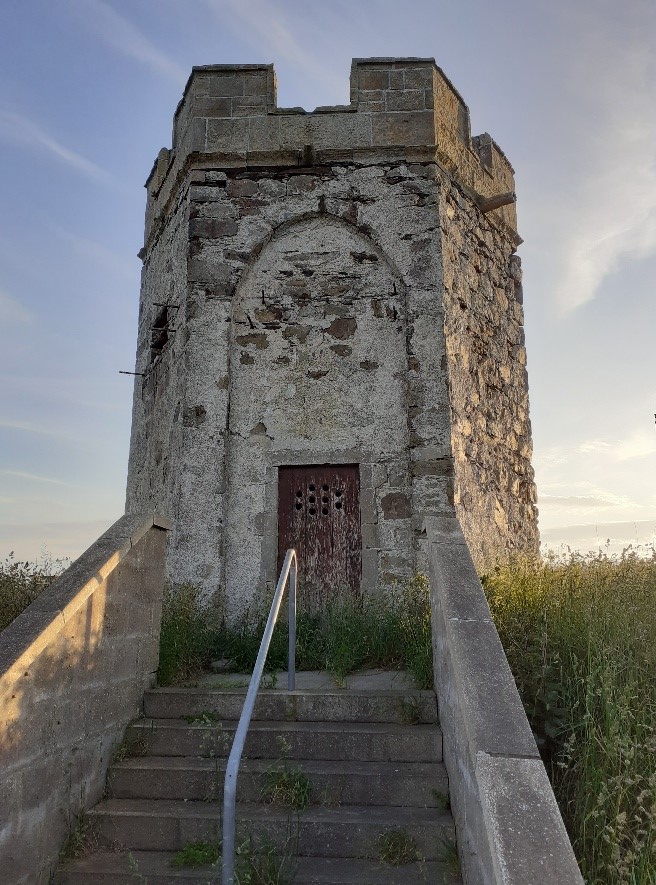 BPHS
BPHS